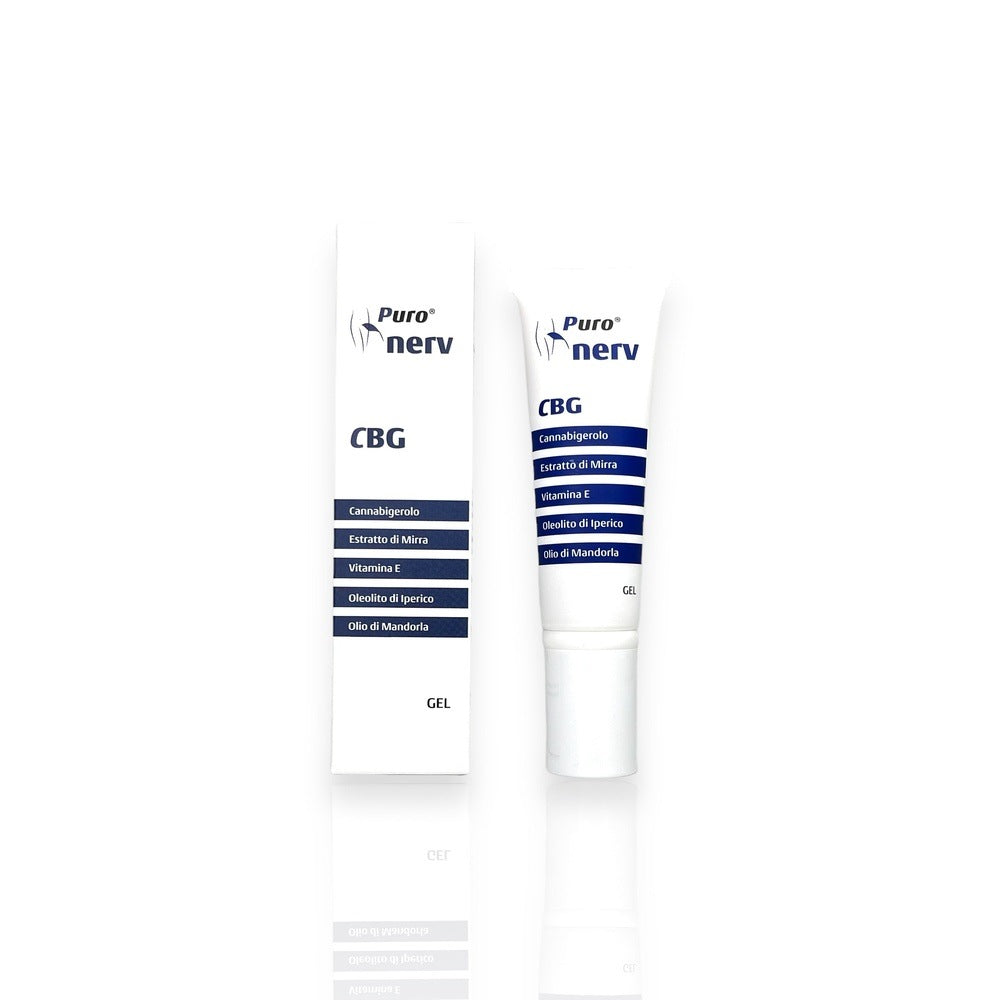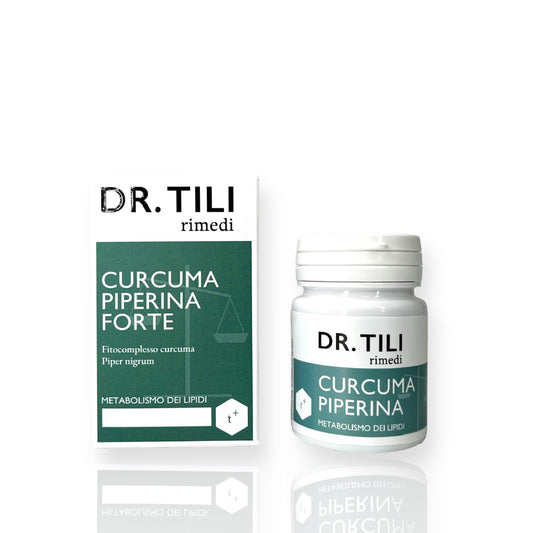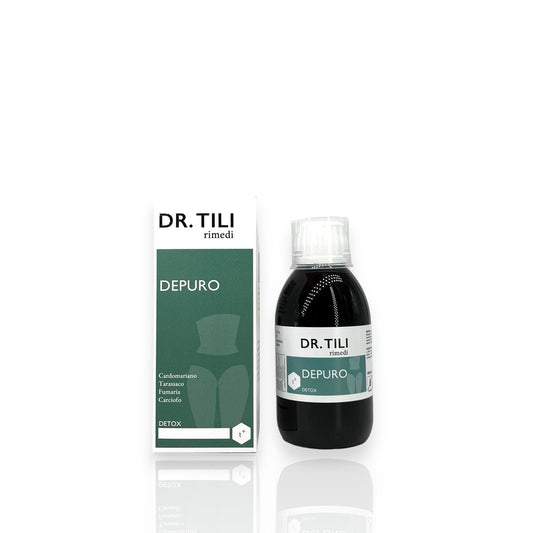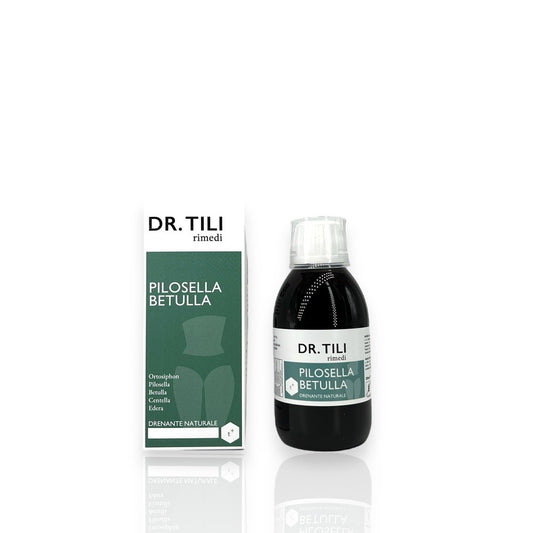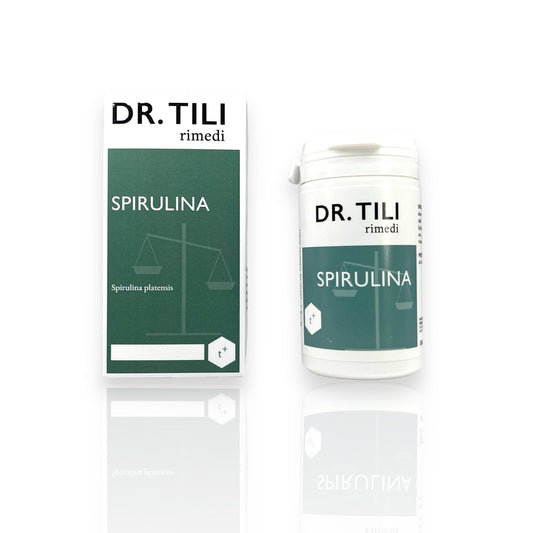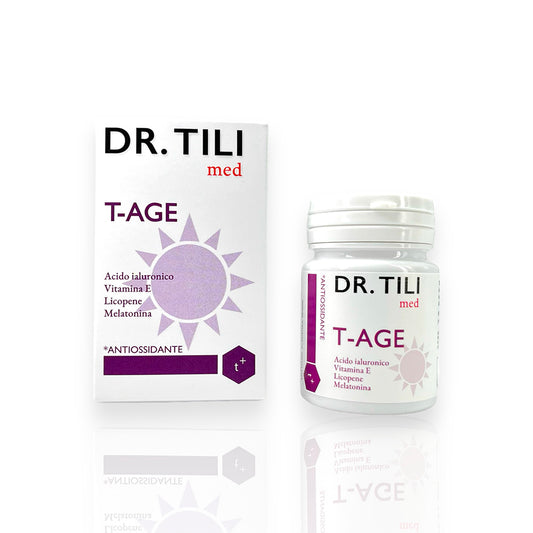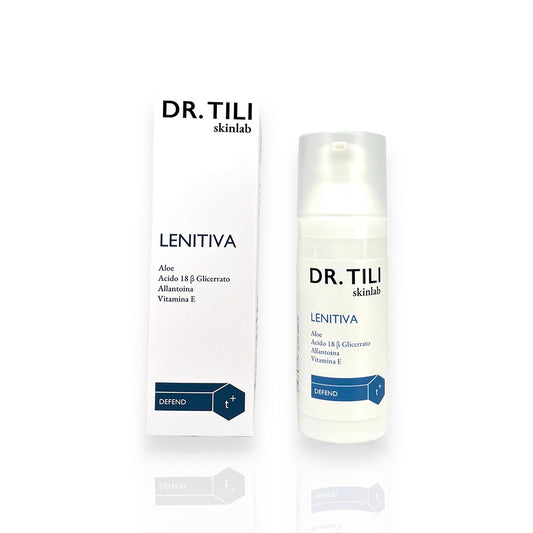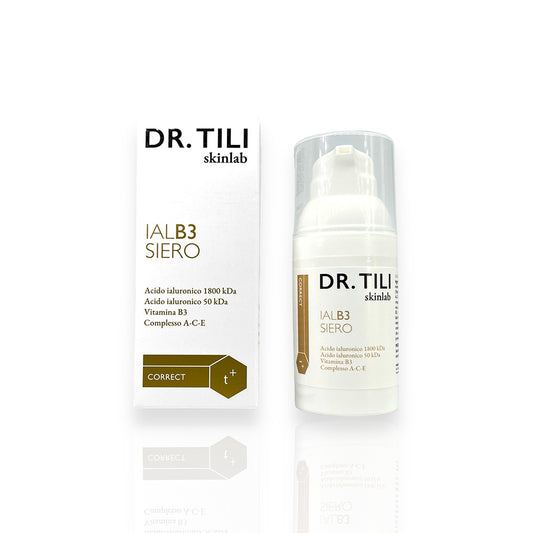When talking about Cannabis cannabinoids (CBG, CBD, CBC, CBN and others) applied to medicine we enter into a territory as unexplored as it is promising . In fact, the studies recently carried out by the scientific community and private companies on the beneficial effects of these natural active ingredients pose the basis for new and important discoveries in the field of natural therapies , particularly in the presence of neurological pathologies and in the contrast to persistent painful symptoms . It is therefore more important and courageous than ever the contribution that pioneering companies such as I Rimedi del Dr.Tili are making to research through the large-scale marketing of cannabinoid-based products that will reveal the real effectiveness of phytocannabinoids in the presence of pelvic pathologies and chronic neuropathic pain.
What are cannabinoids like CBD and CBG
Cannabinoids, or cannabinols, are naturally occurring chemicals classified as terpenophenols . These are compounds that share the ability to interact with the CB1 and CB2 cannabinoid receptors present in our body. CB1 receptors are present in particular in the area of the nervous system . The receptors CB2 are instead more abundant in the peripheral nervous system and in the immune system . This is relevant as the different cannabinoids bind to one or the other receptor and this induces rather different effects on the organism, as we will see later.
Initially, it was thought that cannabinoids were only present in Cannabis sativa, but their presence was later discovered in other plants, in some legumes and in some mushrooms. To date, about seventy of these compounds have been identified, many of which are still little studied. This is largely due to the reluctance of Western culture towards Cannabis which, during the first half of the 20th century, underwent a progressive process of banning from most countries in the world. It is important to note, however, that among the various cannabinoids contained in Cannabis, Only tetrahydrocannabinol (THC) has psychotropic effects .
However, it would be useless and counterproductive to deny that phytocannabinoids have recognized beneficial effects on the body.
Here are some pathologies on which studies have been carried out to evaluate the efficacy of cannabinoids in the process of treatment or with the aim of relieve symptoms :
- Epilepsy: as a replacement for anticonvulsant drugs that have serious side effects.
- Mental disorders: especially for bipolar disorders, depression and post-traumatic stress disorder.
- Multiple Sclerosis: As a replacement for high-dose tranquilizer drugs with risks of lethargy and physical dependence.
- Glaucoma: to decrease the internal pressure of the eye by 25-30% (on average).
- Staphylococcus aureus: as they have been found to be effective even against methicillin-resistant strains.
- Alzheimer's: as they slow down the progression of the disease.
- Parkinson's: as they relieve symptoms and tremors.
- Huntington's disease: to relieve symptoms and slow neurodegenerative progression.
- Tourette Syndrome: in contrasting the nervous and neurological tics of the syndrome.
- Amyotrophic lateral sclerosis: as palliatives for the symptoms.
CBD or CBG for Pelvic Conditions
CBD and CBG in case of Vulvodynia and Pudendal Neuralgia
The cannabigerol ( CBG ) is a phytocannabinoid extracted from Cannabis and free from psychotropic effects, considered the plant stem cell . First discovered in 1964 by scientist Y.Gaoni, the CBG is derived from the compound cannabigerolic acid (CBGA) and is one of the first cannabinoids that form in Cannabis. As the plant grows, CBGA transforms into CBDA, the acidic compound from which the much better known CBD derives. As previously mentioned, these phytocannabinoids are active on the cannabinoid receptors CB1 and CB2 . The receptors CB1 They are present in particular in the area of central nervous system . The receptors CB2 are more abundant in the peripheral nervous system and in the immune system .
The cannabigerol (CBG) , unlike cannabidiol (CBD) it ties in more with the CB1 receptors and to a lesser extent with CB2 receptors. In doing so it exerts its natural anti-inflammatory neuropathic properties and seems able to protect both neurons and the entire nervous system from oxidative stress. But that's not all. The CBG may interact with serotonin receptors and, like antidepressants, can act on the nervous system reducing pain of neurogenic origin . Those who suffer from pathologies such as Vulvodynia know that gynecologists often recommend the local application of minimal doses of antidepressant drugs with the aim of modulate nociceptive impulses (painful stimuli) due to a altered condition of the vulva (outside of the genitals). This raises the pain threshold And decreases vulvar hypersensitivity . The CBG it seems replicate an action similar to that performed by these drugs applied locally.
Additionally, CBG reduces inflammation by limiting the production of pro-inflammatory cells.
Finally, and no less important benefit, CBG is attributed an antimicrobial activity against GRAM-negative bacteria. (including Escherichia coli, the main cause of cystitis). These are the most difficult bacteria to treat because of their cell wall which makes them very resistant. In a recent study, the antibacterial activity against MRSA (Methicillin-Resistant Staphylococcus Aureus) of the main phytocannabinoids was tested: cannabichromene (CBC), cannabidiol (CBD), cannabigerol (CBG), cannabinol (CBN) and tetrahydrocannabinol (THC). The results obtained showed that all the compounds have a good natural antibiotic activity, but that the CBG is the most effective of these in inhibiting the formation of bacterial biofilm . For these reasons the CBG is preferable to CBD in the presence of pelvic pathologies and chronic neuropathic pain .


